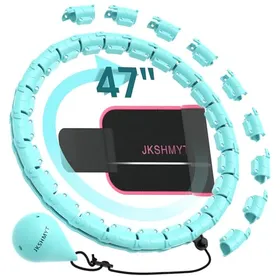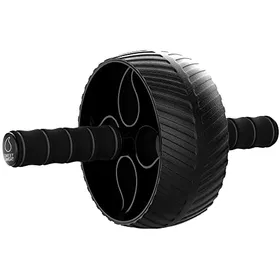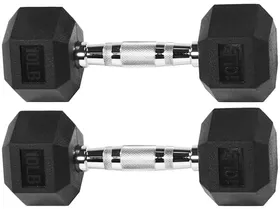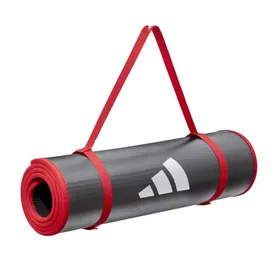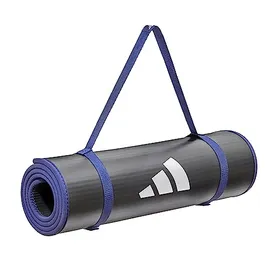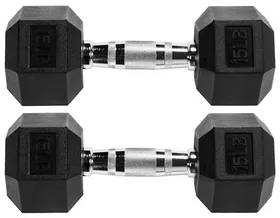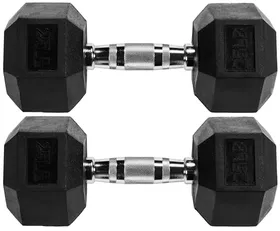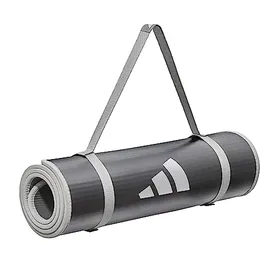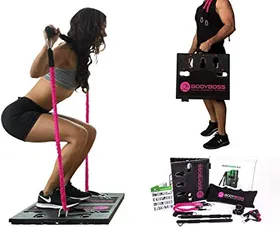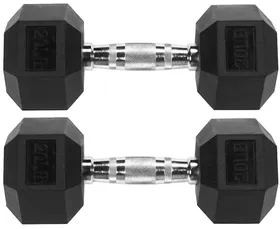Vaha review – is the latest home exercise gadget worth the cost?
Vaha is the latest development in home exercise: high definition training portal in a mirror. Read our review to see if this system is for you
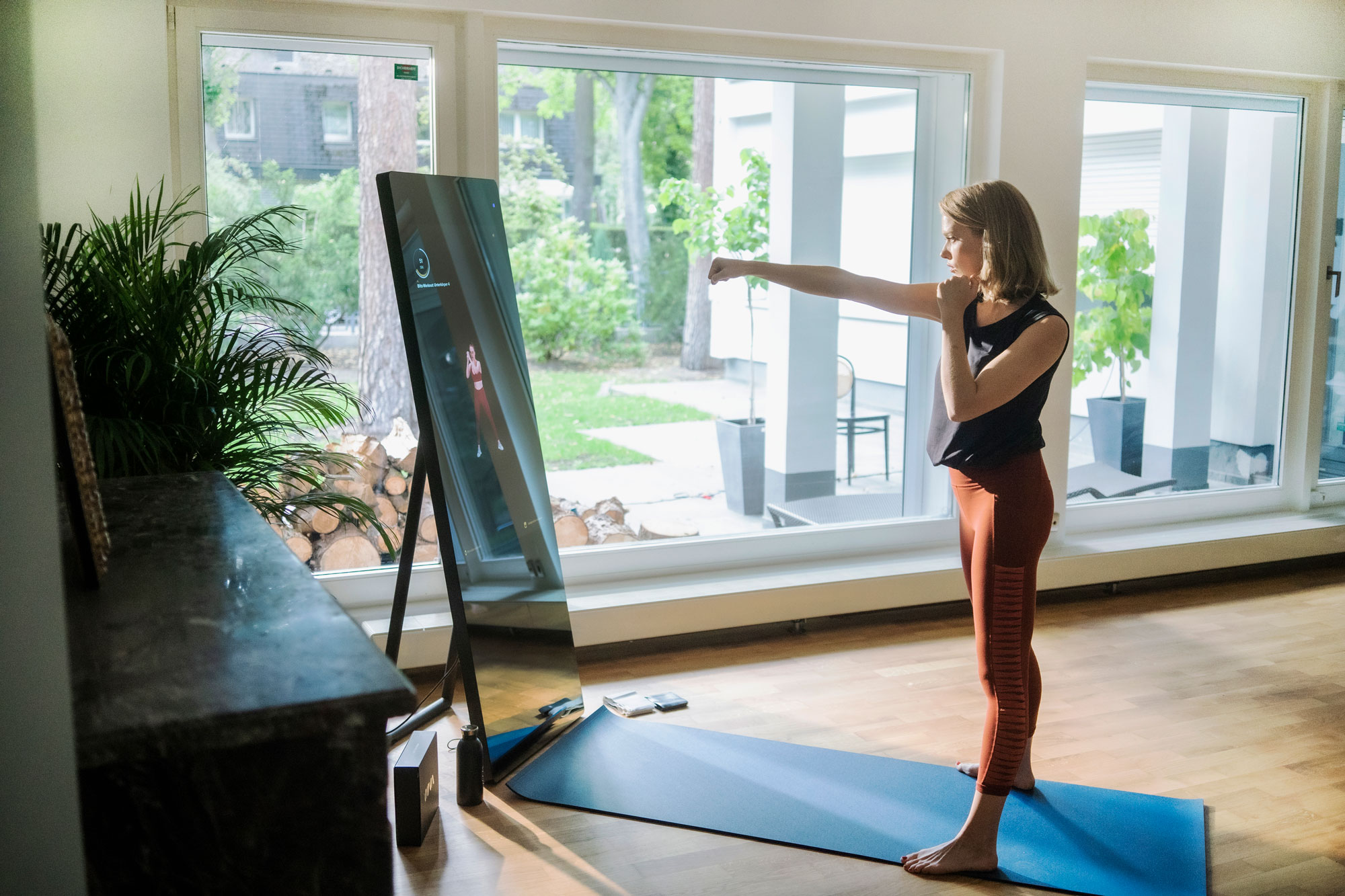
This is a great way to work out from home, whether you are a gym bunny or a beginner to exercise. It may not entirely replace the gym experience but it might replace a personal trainer – plus it's a time-efficient way to exercise that you can flex to your schedule, too. We found the classes engaging and well-taught, and the packages will be rewarding and good value if you use it regularly.
-
+
Huge range of exercise classes to suit every level of fitness and preferences.
-
+
Knowledgeable, engaging instructors and challenging classes. 'Hologram' appearance of the instructors is life-like, making for a better experience than a video call exercise class on your laptop or phone.
-
+
You can skip forwards and back and pause classes.
-
-
No voice control or remote control.
-
-
Instructors are positioned at about chest height when you are standing so mat-based classes are a little awkward.
You can trust Homes & Gardens.

If there is one thing that lockdown has truly revolutionized, it is our attitude to working out at home. With gyms shut, personal trainers banished to Zoom, and runs in the local park not nearly challenging or varied enough for those of us who love to – need to – exercise, we have been looking for new, better ways to exercise chez nous.
Enter VAHA, a high definition training portal in a mirror. Switched off, it looks like an admittedly chunky, contemporary mirror; switched on, it offers a vast array of training programmes and disciplines, from yoga to HIIT.
See: How to create a home gym – everything you need to start exercising in the comfort of your own space
VAHA comes to the UK from Germany, where it launched March 2020. As the product celebrates its first birthday, it aims to provide UK users with an all-stop shop for their home fitness needs, all from the comfort of their living rooms.
Setting up the VAHA
Be aware: this is an extremely heavy piece of kit, so do take advantage of the offer from the delivery team to set it up for you. Otherwise, you will need two of you to do so – I opted for this because I wanted to see how easy it was to do so.
Setting up the mirror itself is simple: it comes with a stand and there are five screws to attach the back and two for the feet. Placing the VAHA on its stand means it leans backwards at a slight angle, which means it is easier to see for upright exercising; wall-mounting is better if you want to do plenty of mat work, too.
Bear in mind, however, that the wall it's attached to must be strong enough to take the load. There are support wires to ensure it fastens safely.
Design expertise in your inbox – from inspiring decorating ideas and beautiful celebrity homes to practical gardening advice and shopping round-ups.
Setting up the VAHA app was a little more fiddly – ensure that the app is downloaded on to the phone of the main user; this is where you will book personal training, too.
The screen start-up process is around 60 seconds and you will want it on standby most of the day. The screen is high definition, so you can clearly see your instructor in front of you –but you do need good Wi-Fi to avoid any buffering.
It's worth noting: the instructors fill around one third of the whole length of the mirror. This leaves room for functions such as the menu and timer (a life-saver when an exercise gets tiring!), and it does mean you can still see yourself in the mirror to copy their movements.
The VAHA comes with a good gift pack – with mirror spray (which was needed), as well as heart rate monitor and two types of stretch bands in different strengths.

Working out with the VAHA
What we loved about the VAHA
There are around 100 exercise classes to try and the number (in English – the originals are in German) is increasing all the time. These cover a range of exercises including Barre, Bootcamp, Cardio, Flexibility, Meditation, Pilates, Strength, Yoga. There are also sub categories like Dance, HIT and even a class for younger children.
There is a search menu where you can filter by category, ability level, class time, body parts to be trained, equipment to use and your own favorites.
The class instructors (over 10 of them) are knowledgeable and engaging and, even though they cannot see you, it feels much like a personal class. With an unlimited number of classes a week, you can get value from those on offer.
A bonus: others in the class cannot see you so you can take part without feeling self-conscious. Therefore, it is easy to try new types of classes without fear of embarrassment over how inflexible or out of synch with the instructor you are. That said, it is a comfort to know others are there, and if you want to interact after classes, there is a VAHA Facebook group.
You can rate each of your classes and can create your favorite classes to come back to. Within the classes you can jump forward and back 30 seconds to skip or replay sections and you can pause the class and rejoin.
You can also use VAHA to book personalized training sessions – the trainers connect live to the mirror to give you an individual personal training session.
You can also connect the VAHA to your own speakers and wearable devices to get a more tailored experience. You can choose from their music or your own Spotify with different styles of music. You can control the volume of the instructor and music separately so you have a tailored background music.

What we didn't like about the VAHA
It takes some getting used to the size of the instructors – for such a big piece of kit, we expected them to be larger. It's not much of a problem except when you are lying on the floor – the instructors can seem quite far away and lofty.
For such a smart piece of kit, we were surprised that there was no voice control so that exercises can be easily paused without you having to stand up or touch the machine – during a stretch class, for example, when you want to hold a position for longer, it would be ideal to say 'VAHA pause' and 'VAHA resume'. There's no remote control, either, so everything has to be controlled via the control panel on the mirror.
Plus, if you find an instructor you like there is no search function to find more of their classes.
As we said above, the VAHA works better for exercising on your feet – classes that require you to be on the floor a lot – pilates, yoga and stretch for example – are difficult to see – and you can't use the mirror function if it is on its stand, and leaning backwards.
Finger marks are easily left on the mirror, so you will need to clean it regularly.
Costs of the VAHA
The launch includes the VAHA X and the VAHA S, a slightly smaller, more compact version with the same features, classes and trainers.
The VAHA S, which will launch in the UK only, can be purchased for either a one-time fee of £1,150, or in monthly installments of £29 over 39 months.
The larger VAHA X can be purchased for either a one-time fee of £1,950 or in monthly installments of £50 over 39 months.
Users then pay a monthly basic membership of £39 to access the platform of 200 workout programmes. Membership includes access to a wide range of training programmes and courses for your entire household, as well as a free personal training session in their first month.
In total, users can own a VAHA for either £89 or £68 per month, making it more cost effective than most premium gym memberships – and can be used by your entire household, with five individual profiles permitted under a basic monthly membership.

Lucy Searle has written about interiors, property and gardens since 1990, working her way around the interiors departments of women's magazines before switching to interiors-only titles in the mid-nineties. She was Associate Editor on Ideal Home, and Launch Editor of 4Homes magazine, before moving into digital in 2007, launching Channel 4's flagship website, Channel4.com/4homes. In 2018, Lucy took on the role of Global Editor in Chief for Realhomes.com, taking the site from a small magazine add-on to a global success. She was asked to repeat that success at Homes & Gardens, where she has also taken on the editorship of the magazine.
